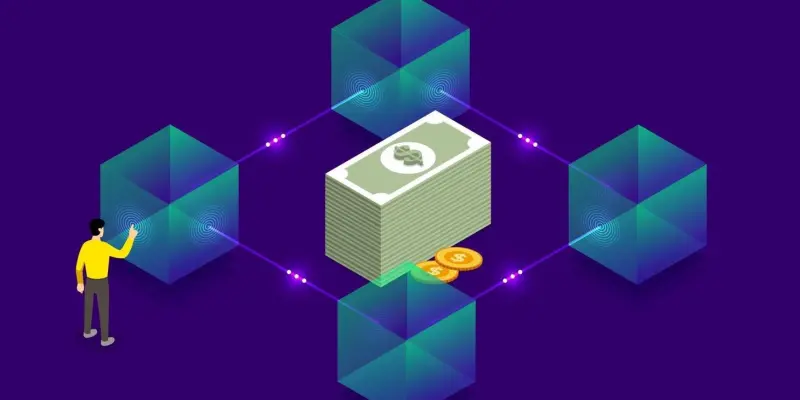In a strategic move to advance cross-chain functionality, Cronos, a decentralized blockchain developed by Crypto.com, has successfully integrated LayerZero, a prominent interoperability protocol. This significant enhancement aims to facilitate seamless cross-chain communication with over 115 blockchain networks, marking a major milestone in the evolving blockchain ecosystem. With this integration, developers can now bridge Cronos with major networks such as Ethereum and Solana, enabling efficient asset transfer across multiple ecosystems. Cronos Labs has affirmed that LayerZero is operational both on the EVM-compatible and zero-knowledge proof (zk) mainnets, thereby increasing interoperability and connectivity across diverse blockchain infrastructures. This development exemplifies the growing importance of cross-chain functionality in the world of decentralized technology.
The integration of LayerZero enables Cronos EVM users to transfer assets between the Cosmos SDK-powered chain and a multitude of EVM-compatible blockchains. Simultaneously, Cronos zkEVM users gain access to the native Ethereum bridge, enhancing the ability to move assets efficiently across various layer 1 and layer 2 networks. This seamless asset movement represents a significant step towards a more interconnected blockchain ecosystem, which is vital for the burgeoning decentralized finance (DeFi) landscape. The strategic emphasis on cross-chain functionality is essential as it allows for greater liquidity and resource sharing among different blockchain networks, ultimately fostering innovation and better user experiences.
Enhancing Blockchain Interoperability
Cronos’ integration of LayerZero underscores its ongoing commitment to bolstering security and liquidity within the often fragmented cryptocurrency space. By enabling communication across multiple blockchain networks, this move not only enhances asset transfer efficiency but also paves the way for new types of cross-chain decentralized applications (dApps). Cronos Labs is actively exploring various possibilities in this realm, including prediction markets, asset tokenization, synthetic asset trading, and cross-chain lending. Such applications rely heavily on seamless interoperability to function effectively and provide value to users.
The introduction of LayerZero into the Cronos ecosystem signifies a proactive approach in addressing interoperability challenges within the blockchain industry. This integration ensures that users have access to a wider array of financial solutions while maintaining robust security protocols. Moreover, it strengthens Cronos’ position in the DeFi sector by offering flexible financial instruments that cater to diverse user needs. The enhanced cross-chain capabilities also mean that developers can create more sophisticated and interconnected applications, broadening the scope and reach of decentralized technologies. This move aligns Cronos with current industry trends that prioritize interoperability and connectivity across blockchain networks.
Future Prospects and Industry Alignment
In a strategic move to enhance cross-chain functionality, Cronos, a decentralized blockchain created by Crypto.com, has successfully integrated LayerZero, a leading interoperability protocol. This pivotal enhancement aims to enable seamless cross-chain communication with over 115 blockchain networks, marking a significant milestone in the evolving blockchain ecosystem. With this integration, developers can now connect Cronos to major networks like Ethereum and Solana, ensuring efficient asset transfers across multiple ecosystems. Cronos Labs has confirmed that LayerZero is active on both the EVM-compatible and zero-knowledge proof (zk) mainnets, thus boosting interoperability and connectivity across varied blockchain infrastructures.
This integration means Cronos EVM users can transfer assets between the Cosmos SDK-powered chain and numerous EVM-compatible blockchains. At the same time, Cronos zkEVM users gain access to the native Ethereum bridge, improving the efficiency of asset movements across various layer 1 and layer 2 networks. This fluid asset movement is a significant step towards a more interconnected blockchain ecosystem, essential for the growing decentralized finance (DeFi) landscape. Focusing on cross-chain functionality is crucial as it enhances liquidity and resource sharing among different blockchain networks, ultimately driving innovation and better user experiences.

